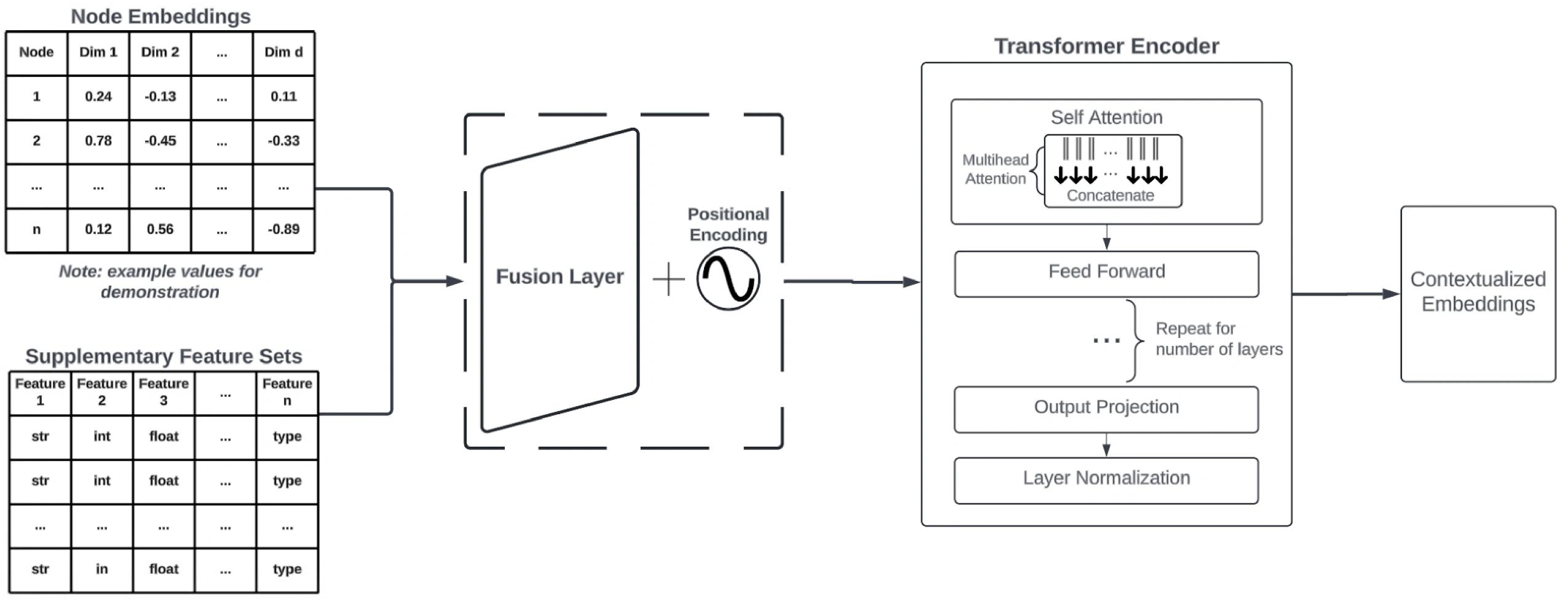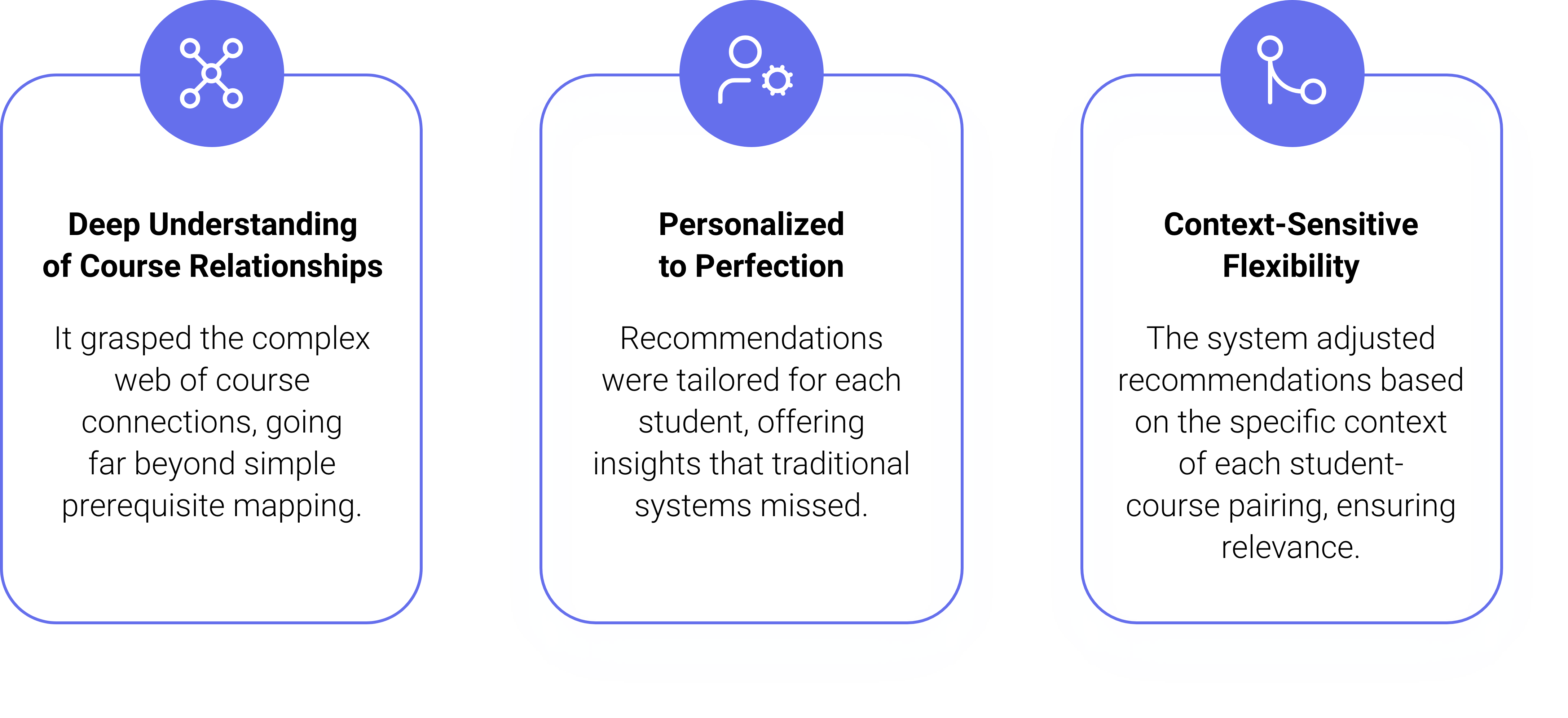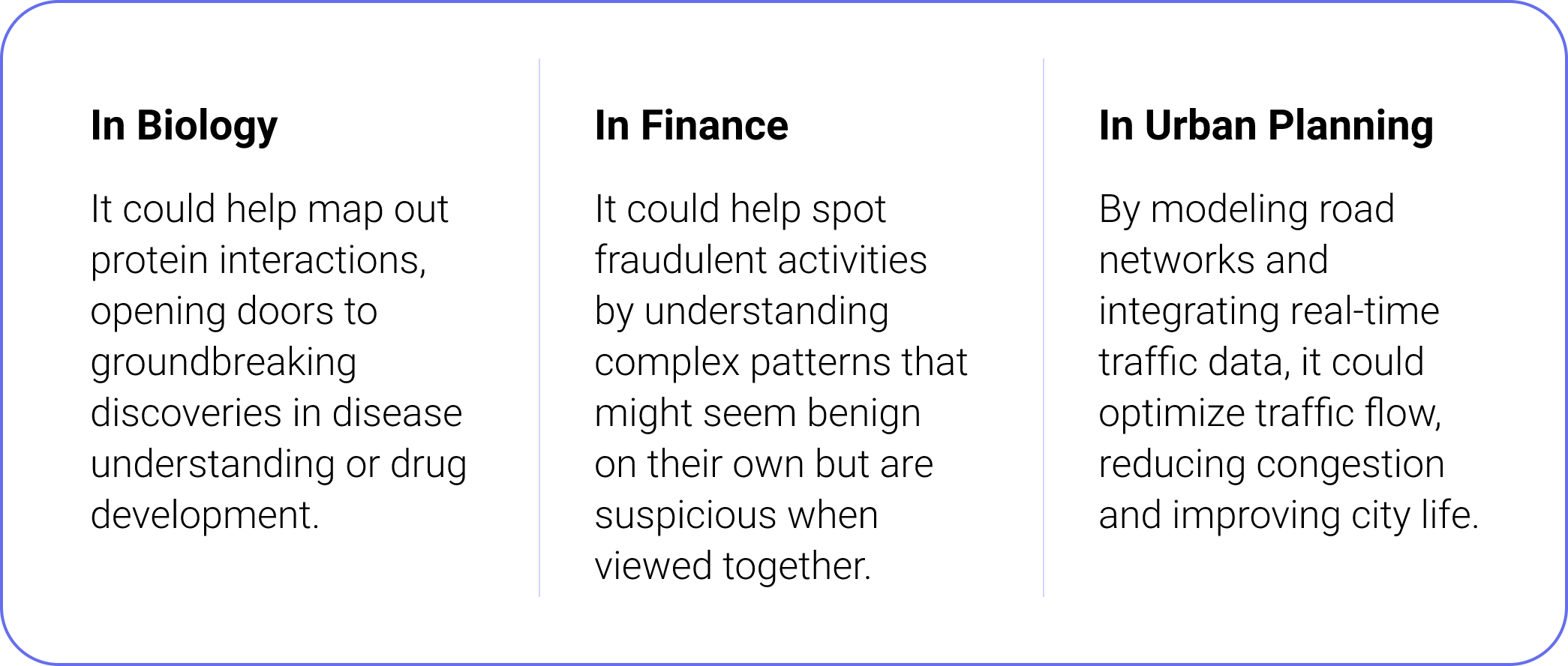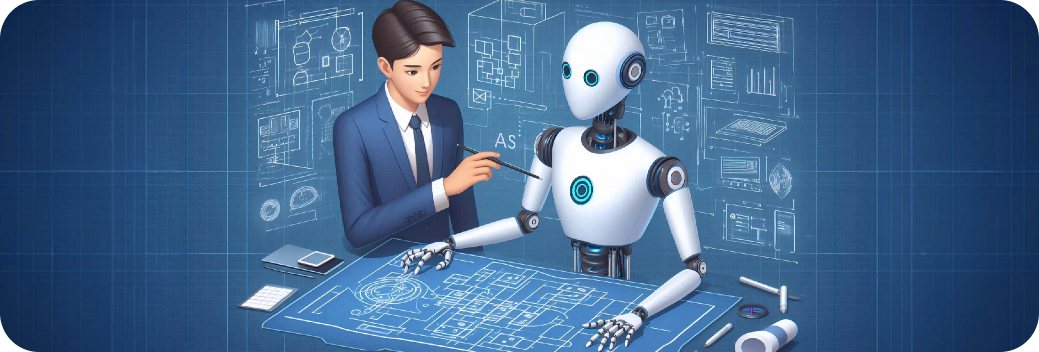70% of Your IT Budget Is Wasted on Legacy
Legacy systems drain your spend, slow your teams, and stall innovation. Modernize with speed, security and confidence — guided by our experts.
Picture this – you’re handed a Rubik’s Cube, but instead of a simple cube, it’s an intricate 3D jigsaw puzzle, with each piece having its own quirks. Every twist and turn you make impacts how other pieces fit together. Sounds challenging? That’s precisely the kind of complexity we face when dealing with real-world data. But what if there’s a breakthrough approach that could simplify comprehending complex data?
Introducing our Hybrid Architecture – the GraphFormer, a hybrid architecture that combines the best of two advanced deep learning frameworks. Let’s dive into why this matters, and what it can be used for!
The Core Components of GraphFormer
Our GraphFormer is like having two expert advisors whispering the best moves in your ear:
1. The Graph Neural Network (GNN):
The GNN component excels in understanding complex relationships within data, identifying connections between data points that might be missed by traditional models. It’s like a matchmaker for data, expertly pairing related points to reveal deeper insights.

2. Transformer:
The Transformer takes the relationships identified by the GNN and enhances them with context. It’s designed to sift through large amounts of information, highlighting what truly matters. This combination ensures that the model not only understands connections but also contextualizes them effectively.

Together, these two components form a powerhouse, deciphering complexities that would leave most systems scratching their heads.

What Makes The GraphFormer Stand Out?
1. Comprehensive Understanding
GraphFormer can simultaneously grasp the big picture and the finer details, making it adept at both high-level pattern recognition and nuanced data interpretation.
2. Adaptive Flexibility
In dynamic environments where priorities shift rapidly, GraphFormer adapts seamlessly. It continuously updates its focus based on current conditions, ensuring that it remains relevant and effective.
3. Unmatched Scalability
Whether dealing with a small dataset or vast amounts of data, GraphFormer scales without a hitch, making it suitable for a wide range of applications.
NextGenEd – The GraphFormer in Action
To put GraphFormer to the test, we developed NextGenEd, a system designed to help students choose the best courses for their unique needs. Here’s how it works:
The GNN maps out all the available courses, understanding the connections – like prerequisites, similarities, and how they fit into various degree programs. It visualizes this as a network where each course is a “node” and the relationships they share are called “edges.”
The Transformer then steps in, blending this network with individual student profiles, taking into account their interests, academic history, and goals.
The outcome? Tailored course recommendations that not only align with academic requirements but also resonate with the student’s personal journey.
NextGenEd’s Performance
When we tested NextGenEd, the results were significant :

The upshot? Students received course recommendations that were academically sound and personally meaningful.

Real-World Beyond Course Selection
While education is our first playground, the potential applications of our GraphFormer are boundless.



